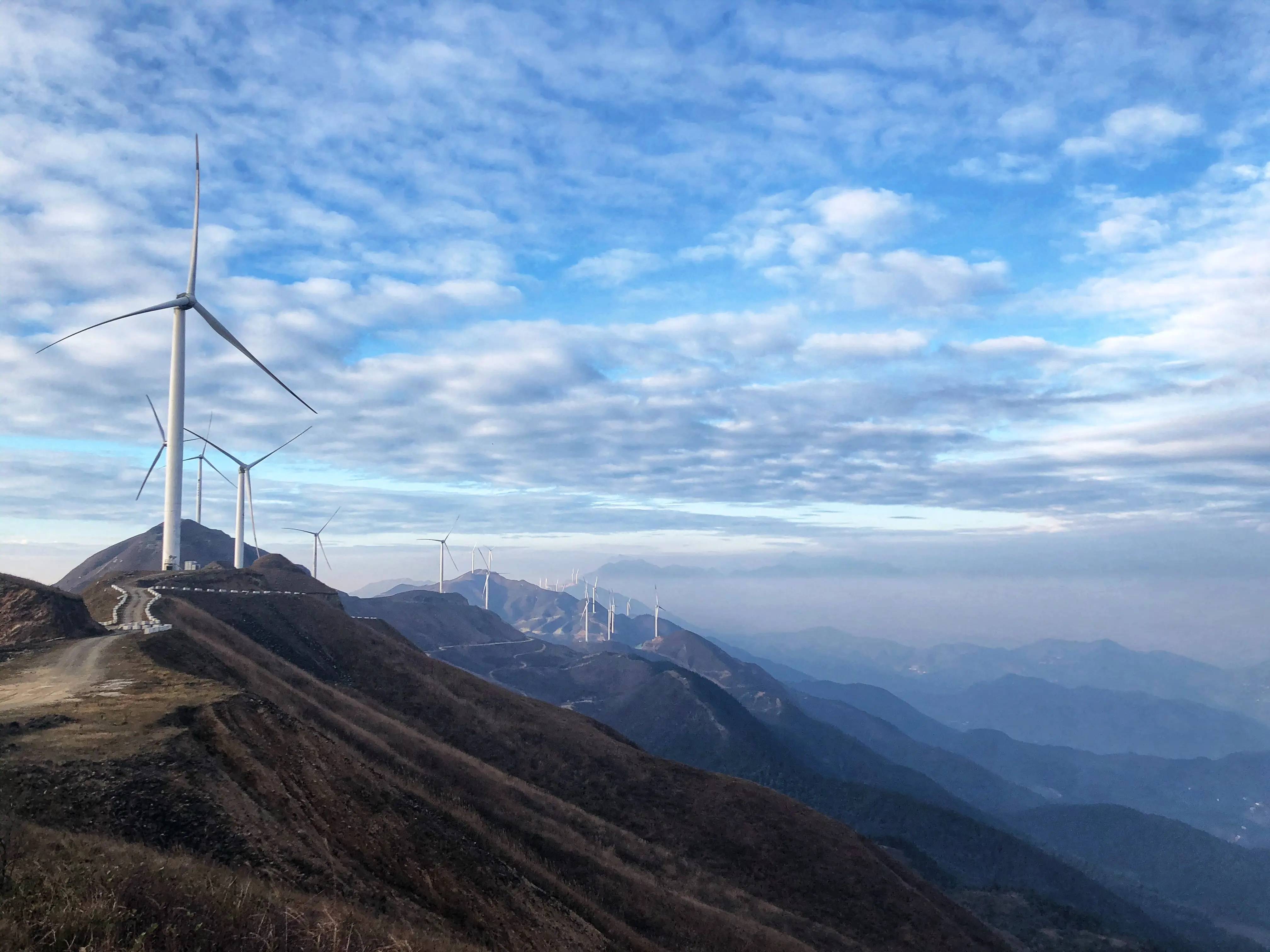
Januari . 27, 2024 16:38 Rudi kwenye orodha
Microgrids: Wazo ambalo wakati umefika?
Kadiri idadi ya watu duniani inavyozidi kuongezeka, kuna ongezeko la mahitaji ya umeme. Hata hivyo, kuna changamoto kadhaa zinazohitaji kushughulikiwa. Kwa sasa, zaidi ya watu bilioni moja duniani kote hawana uwezo wa kufikia gridi za nishati, ikiwa ni pamoja na karibu watu 200,000 nchini Kanada ambao hawajaunganishwa kwenye gridi ya umeme ya Amerika Kaskazini na mifumo ya bomba la usambazaji wa gesi asilia.
Maafa ya asili na hali mbaya ya hewa pia husababisha kukatika kwa usambazaji wa umeme, na kusababisha kukatika kwa umeme kwa wingi ambayo inaweza kudumu kwa siku. Zaidi ya hayo, wakati sehemu moja ya mfumo wa upitishaji inashindwa, inaweza kuathiri gridi nzima, na kusababisha kukatika kwa umeme.
To tackle these issues, the concept of microgrids has gained popularity. A microgrid is a energy system that can operate independently or in conjunction with larger grids. It contains all the necessary components to provide electricity to a specific community, typically serving a smaller population of around a thousand or a few hundred people. This approach decentralizes the power supply generation and distribution process, making it more resilient and less prone to grid failures.
Unlike large-scale energy grids that connect buildings to central power supply sources like coal, nuclear, and gas plants, a microgrid functions as an isolated island. This independence can prove beneficial during crises such as storms or outages. Many microgrids utilize a combination of renewable energy sources and batteries, with natural gas serving as backup. While microgrid power supply is not necessarily more reliable, communities located far away from larger power sources can benefit from the localized control and ownership of electricity generation.
Mfano mmoja mashuhuri wa gridi ndogo ni ule uliojengwa Sendai, Japani zaidi ya miaka kumi iliyopita. Microgrid hii inaendeshwa na mchanganyiko wa nishati ya jua, gesi na hifadhi ya betri. Wakati wa tsunami na tetemeko la ardhi lililoharibu 2011, gridi ndogo ya Sendai ilitoa nguvu na joto kwa hospitali ya kufundishia ya Chuo Kikuu cha Tohoku Fukushi, ili kuhakikisha huduma muhimu zilidumishwa hata wakati wa kukatika kwa umeme.
The impacts of power outages on society and the economy are significant, and the climate crisis exacerbates these challenges. Jana Ganion, energy director for Blue Lake Rancheria, an Indigenous reserve in California, emphasizes the urgent need for solutions, stating, "Widespread power outages cause a lot of social and economic damage and destruction. And the climate crisis is making all of this worse." Blue Lake Rancheria successfully launched a solar microgrid in 2015, providing electricity to thousands of people nearby when millions of Californians had their power supply shut off due to wildfire risk.

However, setting up a microgrid can be a costly endeavor, particularly in densely populated urban or suburban areas with existing infrastructure. Consumers tend to stick with what is already in place, and for the majority of Canadians, that means relying on hydroelectric power supply. Nuclear and coal plants are also significant power sources in the country. Raising the necessary capital for building power plants, whether they are traditional or microgrids, is challenging for some countries. The autonomy and self-sufficiency that microgrids offer can be especially relevant in such cases.
Kuna takriban jumuiya 300 za mbali kote Kanada ambazo zinategemea sana gridi ndogo zinazotumia dizeli kwa ajili ya kuzalisha umeme. Kwa kutambua hitaji la chaguzi za kijani kibichi, serikali ya shirikisho ya Kanada imekuwa ikifanya kazi na mashirika ya kikanda katika muongo mmoja uliopita ili kuchunguza na kutekeleza ufumbuzi endelevu zaidi wa nishati. Mbali na kutoa umeme, microgrid pia inaweza kuchukua jukumu muhimu katika kupata maji safi ya kunywa kwa kuwezesha mchakato wa matibabu.
In conclusion, the global demand for electricity continues to rise, and challenges such as lack of access to energy grids and disruptions caused by natural disasters persist. Microgrids have emerged as a promising solution, offering localized power supply generation and distribution systems that can operate both independently and in conjunction with larger grids. While establishing microgrids can be costly, they provide autonomy and resilience, especially in remote areas or during crises. Exploring greener options, such as renewable energy sources, battery storage, and natural gas backup, can make microgrids even more sustainable and beneficial for communities.
Itaondolewa ikiwa inakiuka
Tovuti ya Marejeleo: https://www.cbc.ca
-
Wireless DC Charging: The Next Frontier in Contactless EV Power Delivery
HabariAug.04,2025
-
Hybrid BMS Energy Controls: Integrating Renewable Energy Sources
HabariAug.04,2025
-
Blockchain for Secure and Decentralized EMS Power Systems
HabariAug.04,2025
-
AI-Driven for Smart Grids: Energy Management System (EMS)
HabariAug.04,2025
-
Advanced Distribution Management System (ADMS) Energy
HabariAug.04,2025
-
5G-Enhanced BMS Energy Savings: Ultra-Low Latency Control
HabariAug.04,2025























